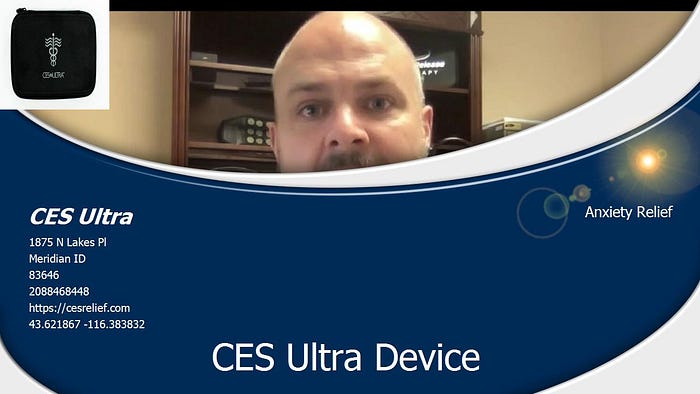TMS vs CES vs TES and How Do They Compare?

Transcranial Electrotherapy Stimulation (TES) and Clinical Electrostimulation Systems (CES) are non-invasive neuromodulation techniques that are used to treat various neurological disorders. These techniques involve using electrodes to deliver tiny electrical current to brain regions, which can affect behavior. Both of these techniques can be used alone or in combination with other forms of therapy.
TMS and TES are often combined with other types of directed training, such as cognitive or speech therapies.
TES has been in use for many decades. A variety of devices are available on the market, each with a different set of characteristics. However, these devices all deliver tiny electrical currents through electrodes positioned on earlobes or the top of the forehead. The intensity of these currents is typically between 10 and 20 mA. The duration of stimulation is generally 10 to 20 minutes.
During the past few decades, tES approaches have evolved. Some devices were developed to treat pain and depression, while others were developed to address specific medical needs. Today, there are several types of tES, including transcranial alternating current stimulation, transcranial random noise stimulation, and transcranial direct current stimulation. Although some of these technologies were already in use at the time of their invention, they are now being studied and incorporated into new approaches.
Historically, the effects of tES have been clinical. These effects include reducing chronic pain, improving memory during sleep, and relieving anxiety and depression. However, the results from tES treatment may not always be expected. For example, patients who have a history of drug abuse, such as alcohol or opioid addictions, may not experience a desired behavioral change. In addition, tES is not guaranteed to be safe.
tES is currently governed by the FDA.
Currently, tES is regulated by the FDA, which seeks marketing approval for commercial entities. Because the regulatory standards for these types of devices are not yet clearly defined, there is uncertainty regarding their safety. This can cause confusion and risk, which can limit the number of available patients and the type of treatments they can receive. Nevertheless, FDA is hesitant to ban these devices.
Contemporary tES approaches have also evolved, but are still rooted in the original tES principles. Most current CES devices are marketed as offering a novel dose. This is because the tES device outputs differ, depending on the type of tES. One type of tES uses a complex mix of waves, including sinusoidal, delta, and gamma waves. Another type of tES, such as transcranial alternating current stimulation, uses a simple sinusoidal current.
There are currently computational “forward” models for tES that help physicians and scientists to predict the brain regions to be stimulated when a certain montage is chosen. With this information, they can more efficiently select a montage that will have the best potential for therapeutic effects.
Disclaimer: This is not professional advice and is simply an answer to a question and that if professional advice is sought, contact a licensed practitioner, or doctor in the appropriate administration.
Seek Professional Help
When you need a help to cure your anxiety, Contact CES Relief to get a prescription from a professional licensed practitioner.
Cranial Electrotherapy Stimulation (CES) Device is a safe, painless microcurrent treatment scientifically proven to treat anxiety and insomnia in children, teenagers, and adults alike.
CES Relief
1875 N Lakes Place
Meridian, ID 83646
(208)846–8448
CES Relief Website
Comments
Post a Comment